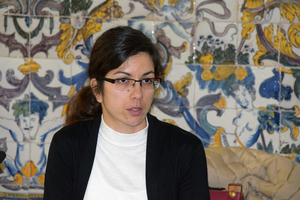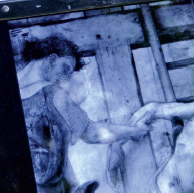
Doutoramento em Ciências da Terra e do Espaço
Remote sensing of cloud properties and their effects on shortwave radiation
Vanda Salgueiro

Orientação: Maria João Tavares da Costa & Ana Maria Almeida e Silva
Clouds are the main controllers of the amount of solar radiation that reaches the Earth’s surface, and this amount of radiation depends on cloud properties such as the cloud effective radius and the cloud optical thickness. On the other hand, cloud properties may change due to changes in aerosol amounts leading to changes in cloud radiative effects. Thus, the work developed in this thesis aims to study the shortwave cloud radiative effects at the surface, and to determine the cloud properties and the aerosol-cloud interactions using different remote sensing methods. The seasonal variability of the daily-mean shortwave cloud radiative effects was analysed for seven years (2003 – 2010) of measured data in Évora, and a greater variability of the radiative effects was found for springtime when the variability of cloud periods is larger. For the same period (2003 – 2010), the cloud optical thickness was retrieved from ground-based measurements and it was related to the corresponding cloud radiative effects. After, a method to retrieve the cloud thickness depth and the effective radius was established using SEVIRI measured reflectances at visible and near infrared wavelengths. The satellite retrievals over Évora region were also related to the shortwave cloud radiative effects for year 2015, and for a case study with events of positive shortwave cloud radiative effects. Finally, a method based on Lidar signals was applied to retrieve the cloud optical thickness, which was used to estimate the cloud droplet number concentration and the effective radius. These cloud properties were used to evaluate the aerosol-cloud interactions of non-precipitating water clouds over Azores.




